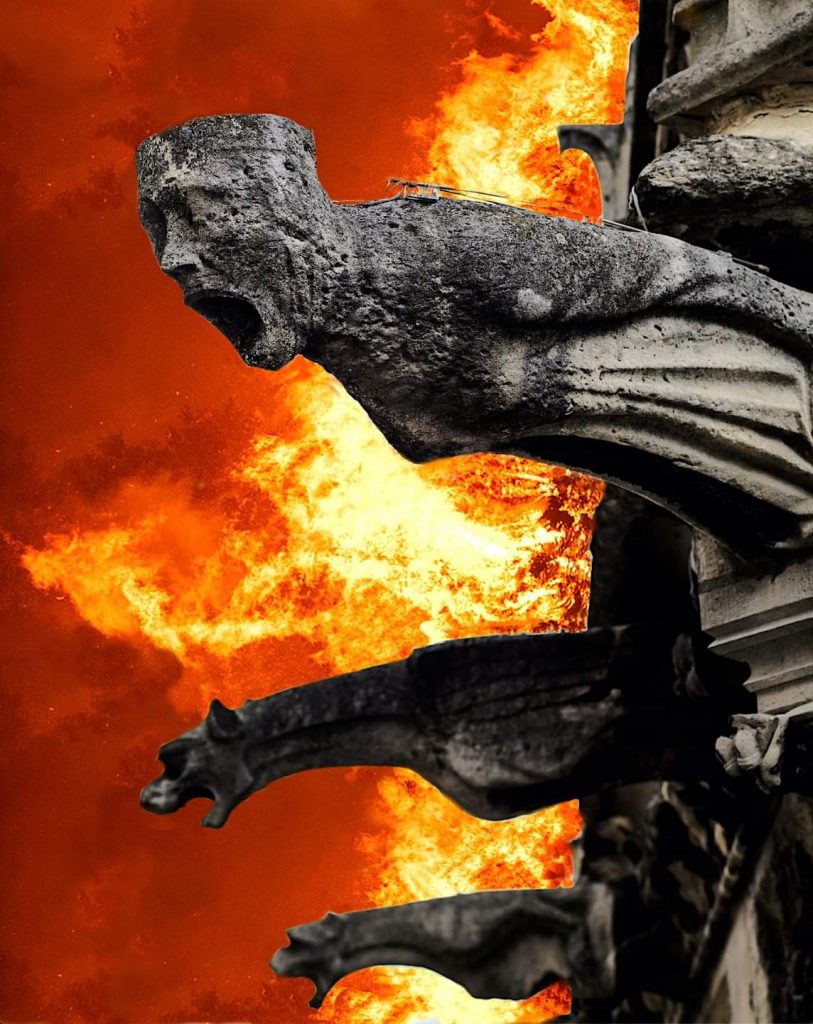In the last few blogs I explored sense of place, identity and belonging ~ between the bodies we are and the spaces we move and make meaning in. It is often quite traumatic when this delicate sense of place is teared.
But what happens when a building, a home, a place of meaning is destroyed or disrupted? How do we grief for a building, a place that is lost? We experienced something of this as a collective when the Notre-Dame Gothic cathedral that stood guard over Paris for 850 years, was severely damaged and nearly destroyed by fire on Tuesday, 16 April. The BBC ran an article, The grief that comes from lost buildings, relating how the devastating fire has made Parisians think about identity, memory and shared culture.
This was similar to the 200-year-old former royal palace that housed Brazil’s national museum in Rio de Janeiro that was gutted by fire in September last year with flames tearing through rooms containing more than 20 million artefacts. Very little survived. Here are some narratives of loss:
“Watching it burn, there was a feeling of impotence and revolt. It was so imposing and had been there so long, no-one expected that one day it would just end.”
“It felt like a huge part of our bonding was being ripped away from us.”
Many of Syria’s most precious cultural sites, among these the ancient city of Palmyra were destroyed during its civil war:
“One could think it is selfish to look at the loss of ‘some stones’ and not the loss of people.“
“It is a kind of regret. It is not the same grief as when people die,”
“It was a shocking event. Isis does not give any value to civilisation and human history. The feeling of sadness is even greater when you realise the country has not been only losing its future, but also a significant part of its past.”
Dresden’s Frauenkirche (Church of Our Lady) was destroyed by bombing in World War II and left in ruins for decades. After the reunification of Germany in 1990, its reconstruction became a metaphor for reconciliation. It was finished in the mid-2000s, mostly based on private donations. Some people moved back to the city because of their emotional attachment to the Frauenkirche.
“We were all very moved when the renovation started,” she says. “It was based on so much goodwill. There were workers from all over Europe, working all hours. It was beautiful to watch.”
“It was something no-one thought would be possible and it created a profound sense of something being “missing”.
Sense of place, belonging and identity are not merely abstract metaphysical concepts. It is intimately connected to buildings, to physical places ~ and the memories of relationships with other living creatures and non-living structures, within the spaces encapsulated in these buildings. Off course we can grief.
